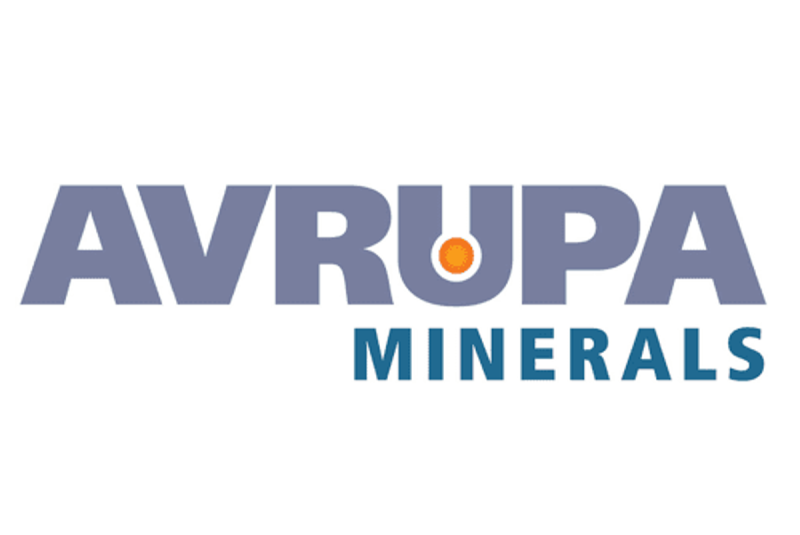As we delve into the world of mineral exploration in Europe, one can’t help but be fascinated by the vast potential and opportunities that lie within the continent. With a rich history of mining and a diverse range of minerals, Europe continues to be a hub for mineral exploration and production. In this article, we will take a closer look at some of the key factors driving the mineral industry in Europe, the challenges it faces, and the potential for growth and development in the sector.
One of the key driving forces behind the mineral industry in Europe is the continent’s geological diversity. Europe is home to a wide range of mineral deposits, ranging from base metals such as copper, lead, and zinc to precious metals like gold and silver, as well as industrial minerals such as lithium, graphite, and rare earth elements. This geological diversity provides ample opportunities for exploration and mining companies to discover and develop new mineral deposits.
In addition to its geological diversity, Europe also benefits from a supportive regulatory environment that encourages responsible mining practices and sustainable development. The European Union has implemented stringent regulations and standards aimed at protecting the environment, promoting safety and health standards, and ensuring the social and economic well-being of local communities affected by mining activities. This regulatory framework has helped to improve the overall sustainability of the mineral industry in Europe and has set a positive example for other regions to follow.
Despite the opportunities and advantages that Europe’s mineral industry offers, it also faces several challenges that need to be addressed. One of the primary challenges is the issue of competing land use, as mineral extraction often conflicts with other land uses such as agriculture, forestry, and conservation. Balancing the needs of different stakeholders and minimizing the environmental impact of mining activities is crucial for the long-term sustainability of the industry.
Another challenge facing the mineral industry in Europe is the need for innovative technologies and practices to improve efficiency and reduce costs. With global competition on the rise, European mining companies must invest in new technologies such as automation, digitalization, and more sustainable extraction methods to remain competitive in the global market.
Looking ahead, the mineral industry in Europe holds significant potential for growth and development. As the demand for minerals continues to rise with the growth of industries such as electric vehicles, renewable energy, and technology, Europe’s mineral resources will play a crucial role in meeting these demands. By investing in sustainable practices, fostering innovation, and collaborating with stakeholders, the mineral industry in Europe can continue to thrive and contribute to the continent’s economic prosperity and environmental sustainability.
In conclusion, Europe’s mineral industry presents a wealth of opportunities for exploration and development, driven by its geological diversity, supportive regulatory environment, and potential for growth. By addressing challenges such as competing land use and the need for innovation, the industry can overcome obstacles and seize the opportunities that lie ahead. With responsible practices and strategic planning, Europe’s mineral industry is poised to continue its legacy as a key player in the global mining sector.
